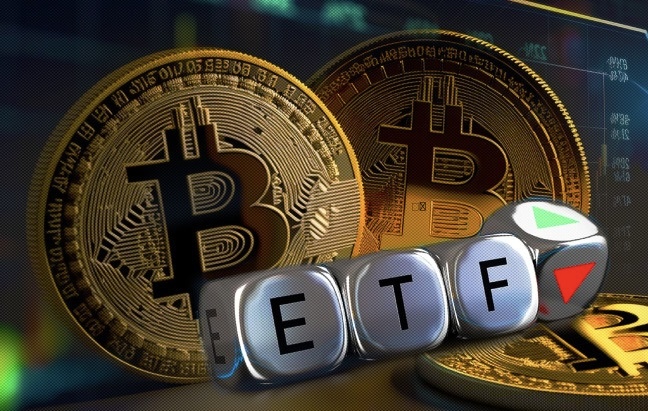The Asia-Pacific market for Bitcoin and Ethereum exchange-traded funds (ETFs) is rapidly expanding. In June, two Bitcoin ETFs launched in Australia, following the introduction of six Bitcoin and Ethereum ETFs in Hong Kong at the end of April. This burgeoning market is shaping into a competitive landscape, primarily driven by Australia and Hong Kong.
Australia Takes the Lead
On June 4, Monochrome Asset Management launched the first Australian ETF to directly hold Bitcoin on Cboe. Shortly after, on June 20, VanEck introduced its product as a sub-fund of its U.S. version on the Australian Securities Exchange (ASX). Several other firms are also preparing to enter the market.
These ETFs are listed on international exchanges, providing accessibility based on the platforms used. The ultimate goal, however, is to capture the lucrative Asian market.
Expansion Plans
ETF providers in both Australia and Hong Kong have long-term expansion plans. Monochrome is eyeing the broader Asian market, targeting countries where local institutions may not generate sufficient volume to justify standalone products. In Hong Kong, the ambition is to penetrate the vast mainland China market.
As pioneers, these providers enjoy a head start and will likely dominate the market initially. Singapore remains out of the picture for now, and while Japan and South Korea might approve crypto ETFs, South Korea’s strict capital controls limit its market scope.
Local Focus with Global Ambitions
In both Australia and Hong Kong, the immediate goal is to amass local assets. This process is expected to take longer than it did in the U.S., where crypto ETFs saw $4.6 billion in trading on their first day and are nearing $30 billion in assets under management (AUM).
Although the pre-launch hype in Hong Kong did not translate into substantial fund flows, this may be more attributable to the hype than the products themselves. While the overall ETF market in Asia has experienced a 20% compound annual growth rate (CAGR) over the past decade, investor preference for ETFs is still not as strong as in the U.S.
Market Metrics
- In Japan and Australia, ETF AUM accounts for about 9% and 7% of the local market cap, respectively.
- In Hong Kong, ETF AUM represents just 1% of the market cap.
- The CEO of London-based CF Benchmarks predicts Hong Kong’s crypto ETFs will reach $1 billion in AUM by the end of 2024.
Strategic Differences Between Markets
The crypto ETF markets in Hong Kong and Australia have distinct characteristics. Hong Kong, a global financial hub, primarily targets institutional investors and has fewer regulated exchanges and innovators. The Hong Kong regulator proactively pushed for ETF adoption, positioning the city as a Web3 and crypto focal point.
Conversely, Australia’s market, while smaller, shows a stronger appetite for ETFs. The Australian regulators have taken a more reactive approach, responding to demand and industry trends. They have also established a custody regime to protect consumers and provide clarity on regulatory expectations.
Potential Impact of Stock Connect
A significant potential development in Hong Kong is the inclusion of crypto ETFs in the Hong Kong-China Stock Connect, allowing mainland investors to buy Hong Kong-listed investment products. If this happens, it could attract more providers to the Hong Kong market.
Also Read: Ethereum Supply Increases for 73 Days Straight
Australia’s immediate goal is to capture local professional and institutional flows. Monochrome’s strategy as the only directly held spot Bitcoin ETF may enable it to serve as a master fund for feeder funds in other countries, leveraging its position under ASIC’s retail crypto asset licensing rules.
In Hong Kong, the Stock Connect is seen as a critical factor for future growth. Even without it, the market is large enough to support crypto ETFs. The Australian market, though smaller, remains viable.
This dynamic development promises to drive innovation and differentiation in the market, offering valuable lessons as the market continues to evolve.
